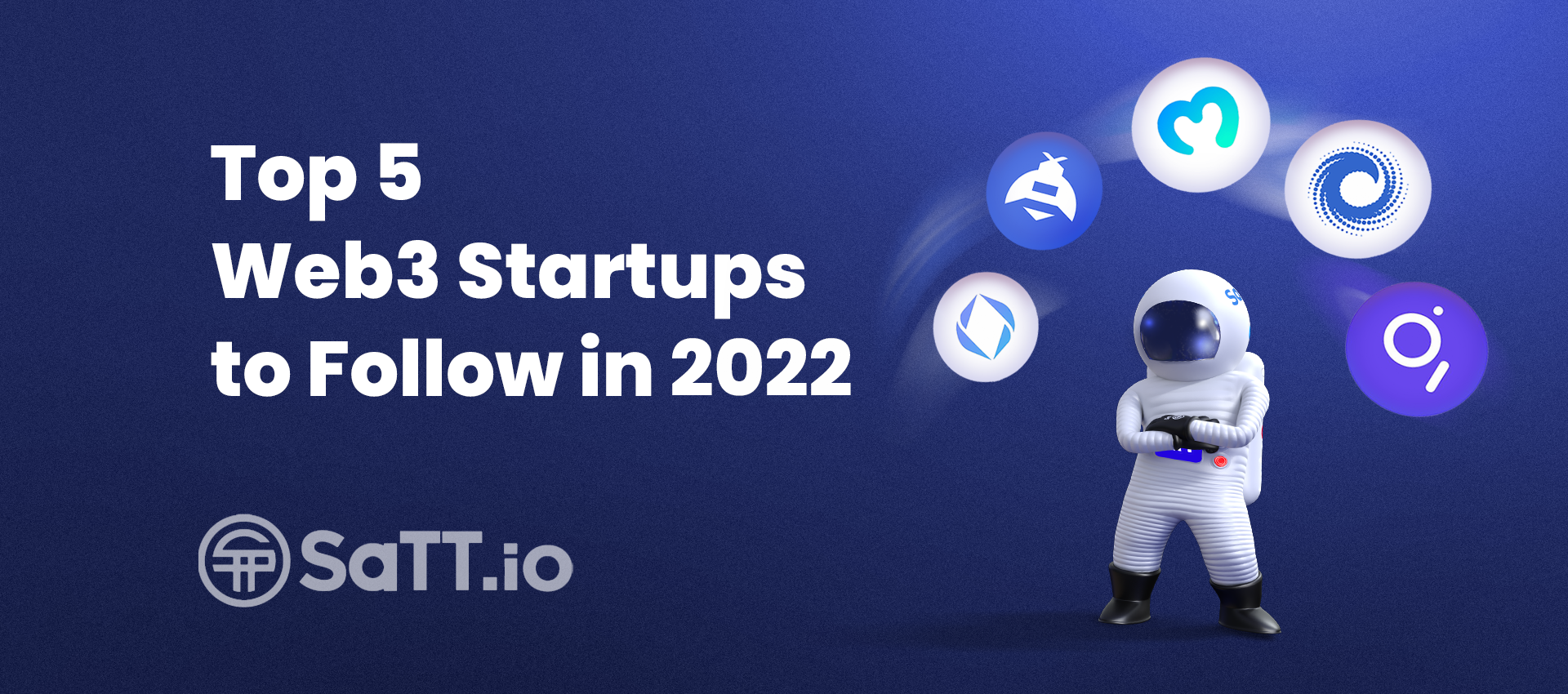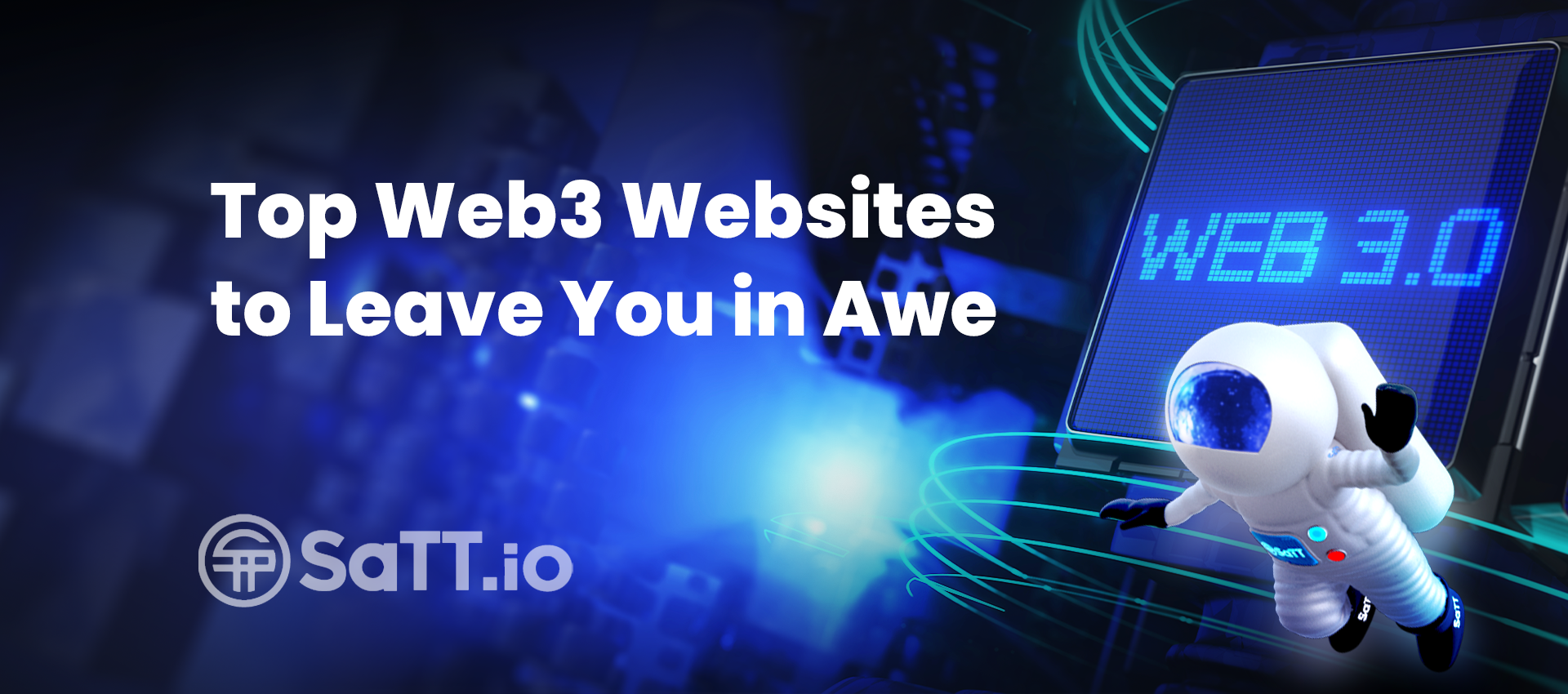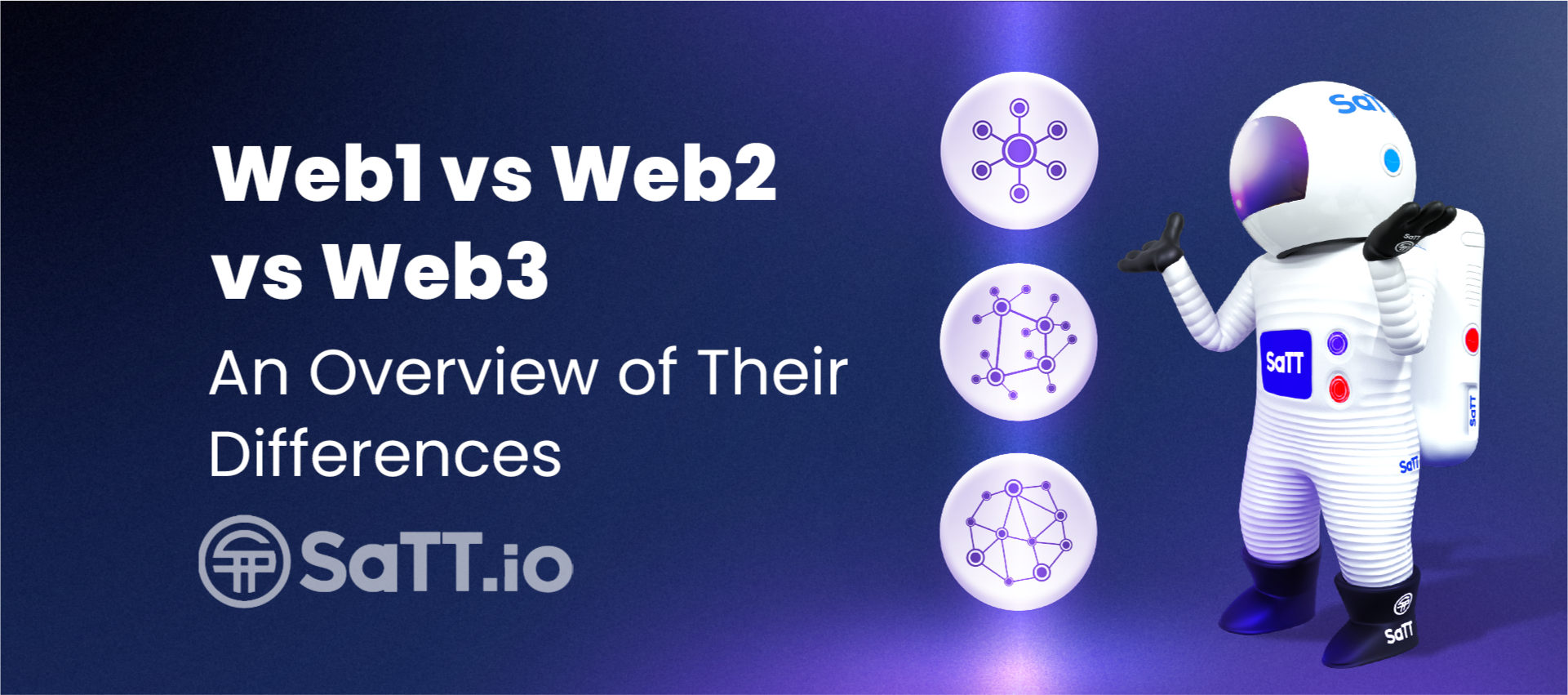
Web1 Vs Web2 Vs Web3: An Overview of Their Differences
In recent times, Web3 has revolutionized the web as we see it. Despite it being so, the importance of Web1 and Web2 is still not forgotten. Ahead we’ve discussed the differences between Web1 vs Web2 vs Web3. Keep reading more to learn about what they are and how they work!
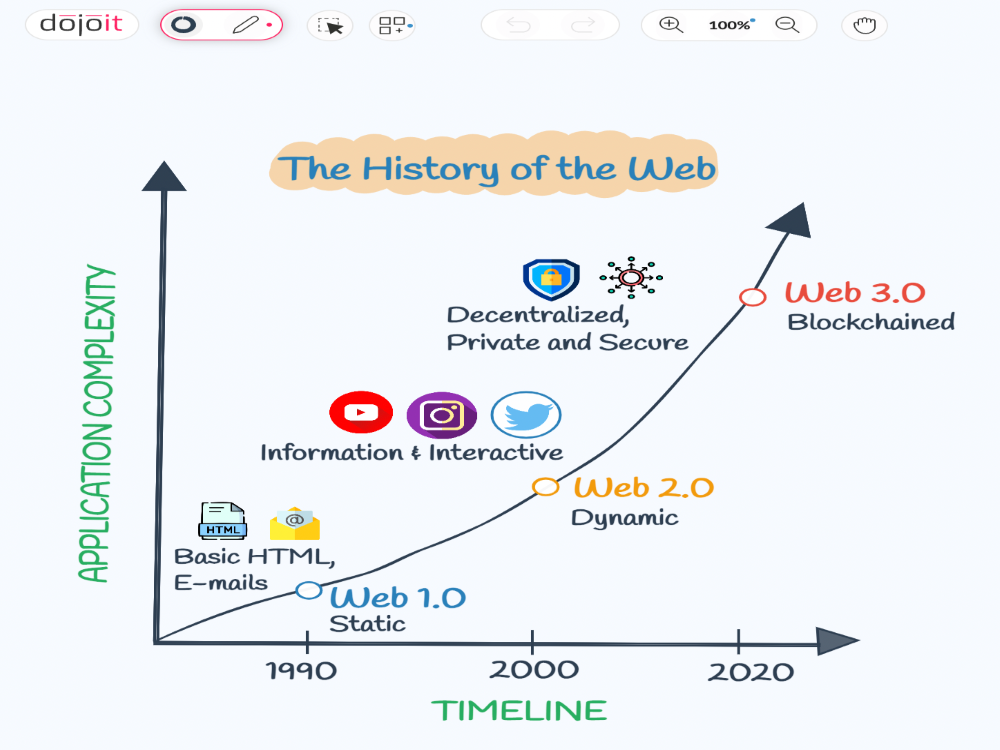
Table of Contents
What is Web1.0?
Web1 is a web-based application that provides a platform for collaborative writing. It is a web-based application that allows writers to work on the same document in real time. It also allows writers to share their work with each other. The article ahead will also go over the key differentiating factors between Web1 Vs Web2 Vs Web3.
Web1 is usable by many writers who are collaborating on a single document at the same time. It is also usable by one writer who wants to share their work with others.
The application also includes features such as chat, file sharing, and task management. Web1 is a web application that is designable to help content writers and marketers. Web1 is helpful in generating high-quality content.
The idea behind Web1 is simple. It uses AI algorithms to generate content ideas. These ideas are then used by human copywriters to write thei4 final copy.
What is Web 2.0?
If you’re wondering What Is Web 2.0? Here’s your answer:
Web2.0 was initially a term coined in 2001 to describe the next generation of web applications. It’s a step up from Web1.0, where websites were static. Before, users had to be content with reading information posted on the website. In the contest against Web1 Vs Web2 Vs Web3, Web2.0 sites are interactive and encourage user participation. This, in turn, generates more content.
Web2 is a term coined by Tim Berners-Lee to describe the next generation of the World Wide Web. It is an application platform that supports a broad range of applications. It also supports gadgets, including mobile phones, personal digital assistants, and televisions.
Web 2.0 is not a buzzword. Web2.0 describes new technologies that allow people to create content. It helps create content in a collaborative environment with users via the internet.
Web 2.0 technologies are open source and also include social networking sites. These social network sites include the likes of Facebook or Twitter. With that being said, you might now be aware of what is Web 2.0 and its workings.
What is Web3.0?
Web3 is a decentralized web that is based on peer-to-peer protocols. It uses cryptography to store and send data. Web3 can be seen as the successor of the current web. It relies on centralized servers to store and process data. This means that Web3 has no single point of failure, and there is no central entity controlling all the data.
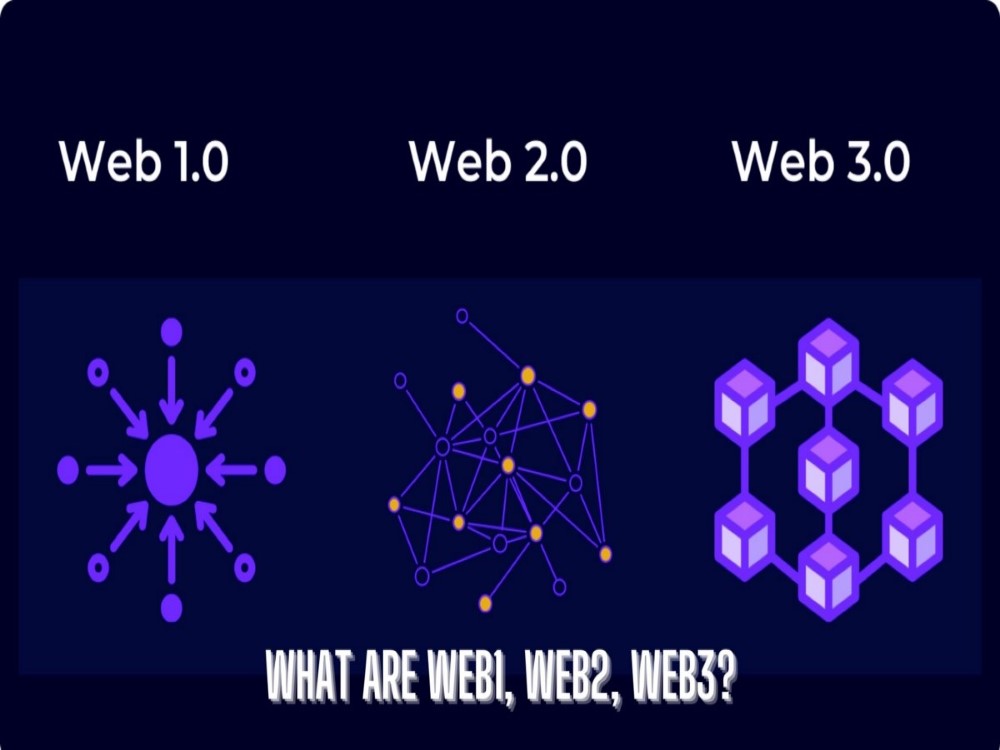
Web3 is a suite of protocols that together constitute a decentralized web. The protocols that comprise Web3 include:
1) A peer-to-peer hypermedia protocol. It provides access to content without the need for an intermediary such as HTTP.
2) A consensus protocol that allows for the transfer of information. This information is transferable without third-party validation.
3) An asset protocol that handles the registration and exchange of cryptographic tokens. These tokens can represent any fungible tradable good such as coins or in-game items.
4) A naming system that provides a secure and readable naming scheme for all resources on the Web 3.0 stack.
5) A distributed file system that allows users to share files without any reliance. It indicates that you don’t need to rely on third parties such as Dropbox.
Difference Between Web1 vs Web2 vs Web3
Web1 was the first rendition of the World Wide Web. It was introduced in 1990 and was followed by Web2. Web2 is the second rendition and was introduced in 2000. It is characterized by an increased focus on web applications. It also focuses more on online communities and web services.
In terms of Web1 Vs Web2 Vs Web3, Web3 is the third and current rendition of the World Wide Web. It focuses on decentralized applications (DApps). DApps are hostable on P2P networks like Ethereum. Web1 consisted of static pages that were linkable together. These pages were linked using hypertext links. Web3 created a network of information that was browsable by Netscape Navigator.
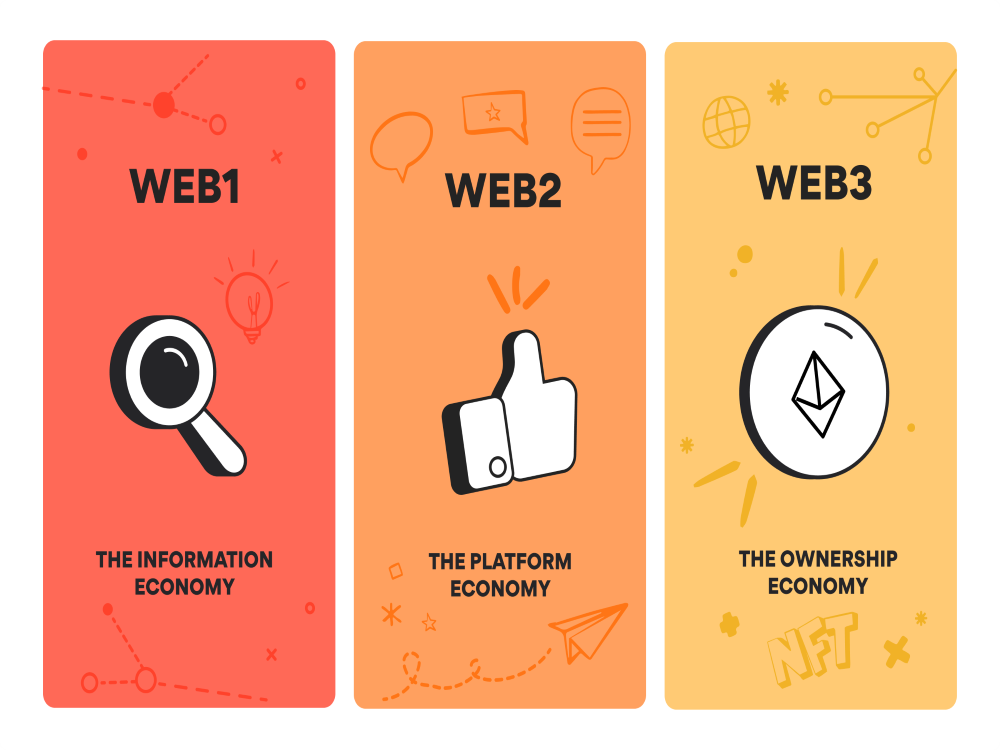
Some of the other differences between Web1 vs Web2 vs Web3 are as under:
Web1 was the age of web pages. Web2 is the age of web apps. Web3 is the age of decentralized internet, blockchain, and cryptocurrency. Web1 Vs Web2 Vs Web3 also comprises the following differences amidst them.
Web1: This was the era when web pages ruled the internet. It was all about content, text, and images on a webpage that you could navigate to other pages by clicking on links.
Web2: In this era, web apps came into play. These are applications that are hostable on a website. These applications can be accessed through a browser like Google Docs.
Web3: This is an upcoming era where decentralized internet will dominate our lives. Web3 will make use of blockchain-based technologies and cryptocurrencies like Bitcoin.
Web3.0 Marketing: How Does it Work?
Web 3.0 Marketing is the marketing of products and services through the internet. This form of marketing includes social media, blogs, forums, and other online channels.
Web 3.0 Marketing can be used to promote a brand or product through different forms of social media. It is also used to increase awareness of a brand or product without having to spend as much on advertising.
The main goal of Web 3.0 Marketing is to engage with customers. Web3 does so by providing customers with content that they may find interesting. Join the Web3 influencer advertising platform revolution to market your own content.
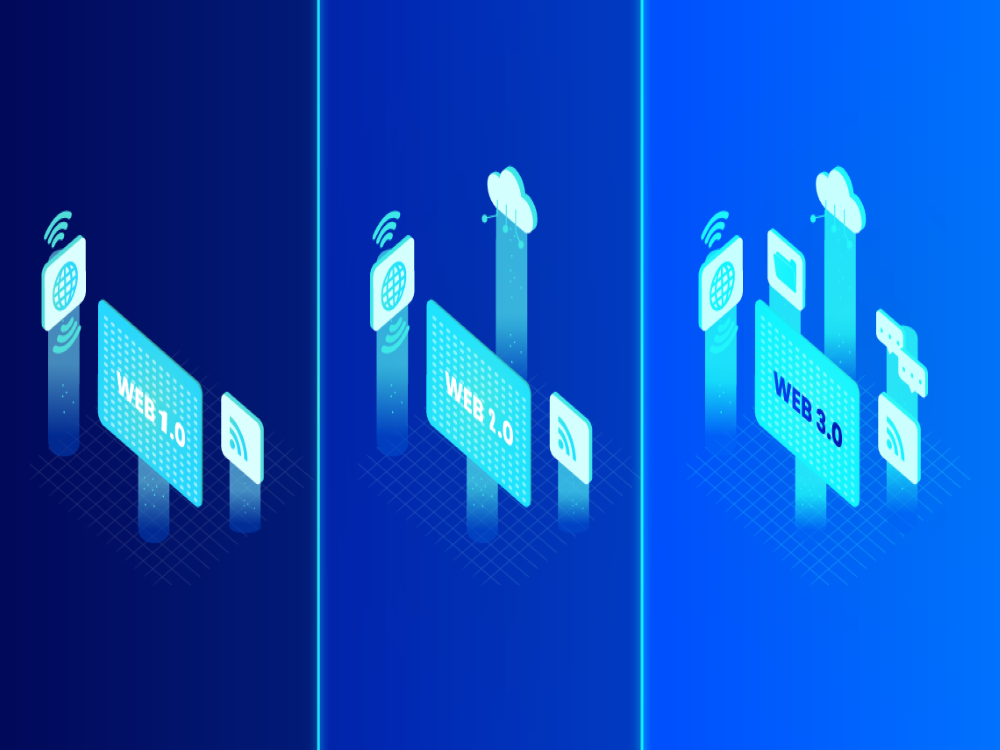
Web3 will also keep on growing with the usage of SaTT. This is due to how Smart Advertising Transaction Tokens can help individuals earn. These tokens are available for purchase on PancakeSwap and can aid individuals in earning on each of their posts.
Conclusion
Web3 is the future of the web that we are currently heading towards. It will represent a time when people will not be visiting websites. Instead, people will be interacting with sites by using voice commands and chatbots. People will also be utilizing other methods that don’t involve any screens at all.
Web1 and Web2 are both things of the past. Now is the time for Web3. Web3 is likely to expand more in the days ahead. Web1 and Web2 held their share of perks or benefits, but not Web3 has taken over. The primary motive of Web3 is the creation of a new World Wide Web altogether.



